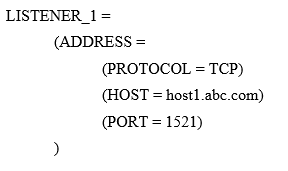You have been tasked to create a table for a banking application.
One of the columns must meet three requirements:
1. Be stored in a format supporting date arithmetic without using conversion functions
2. Store a loan period of up to 10 years
3. Be used for calculating interest for the number of days the loan remains unpaid
Which data type should you use?
